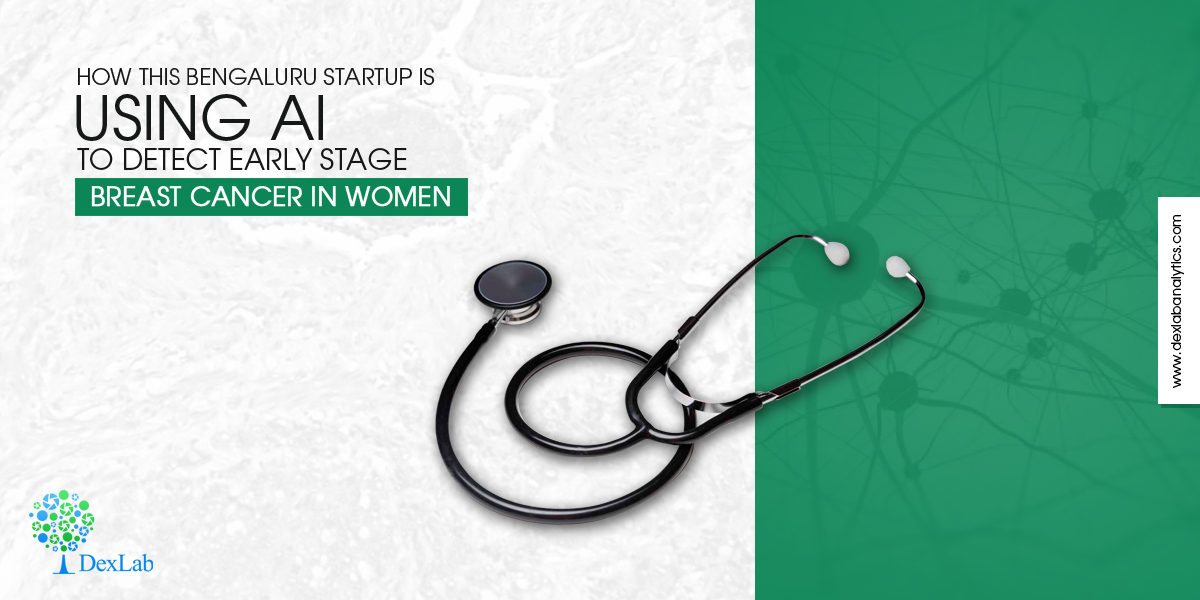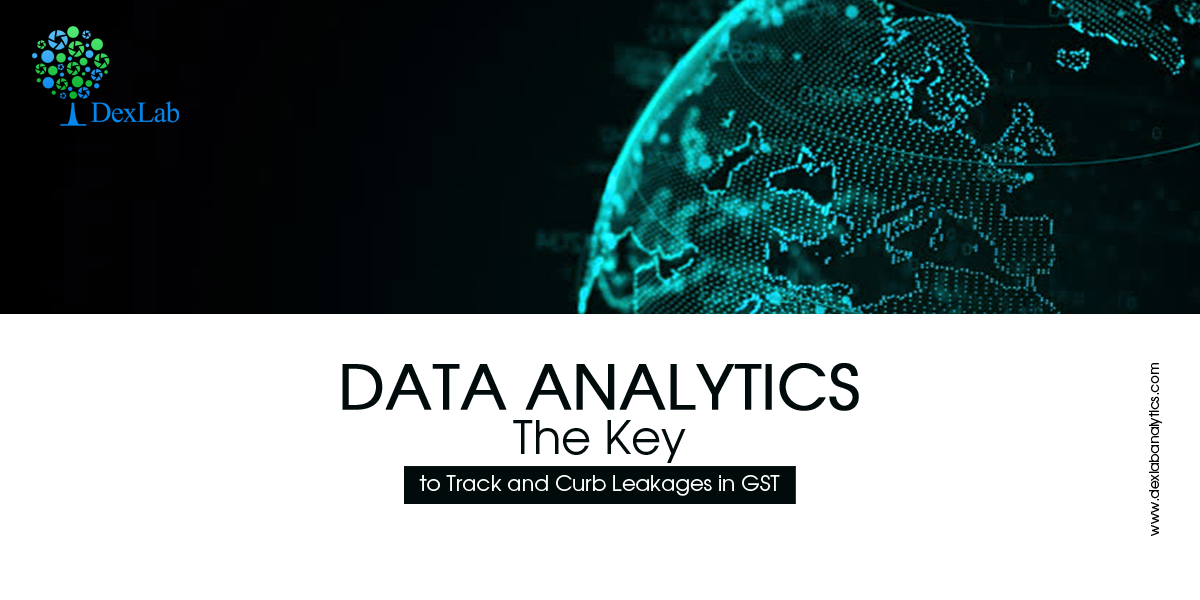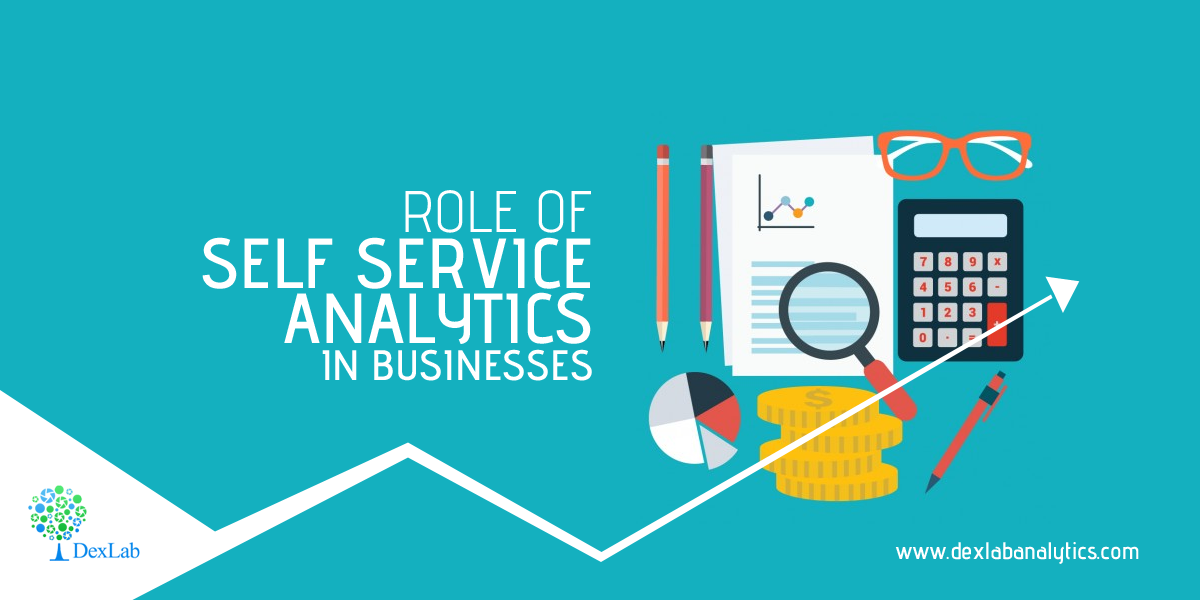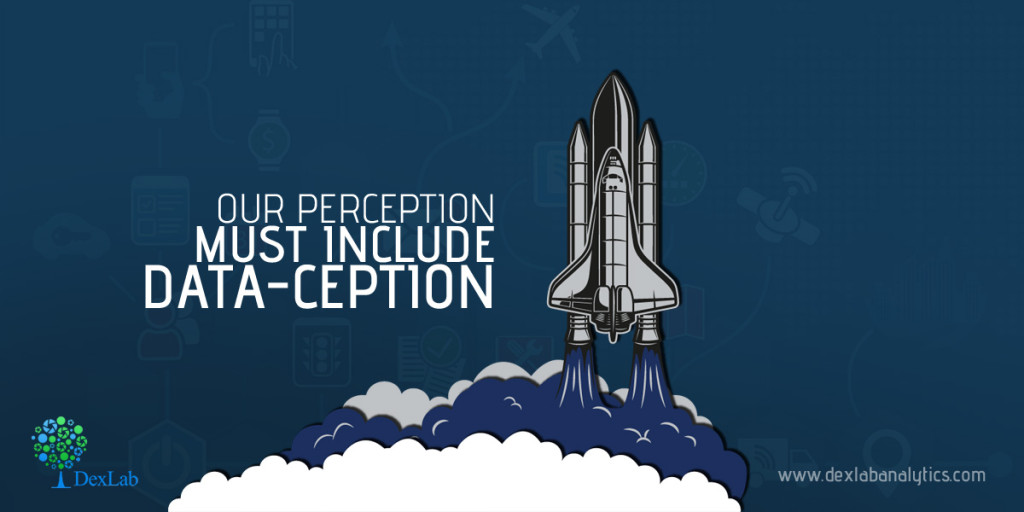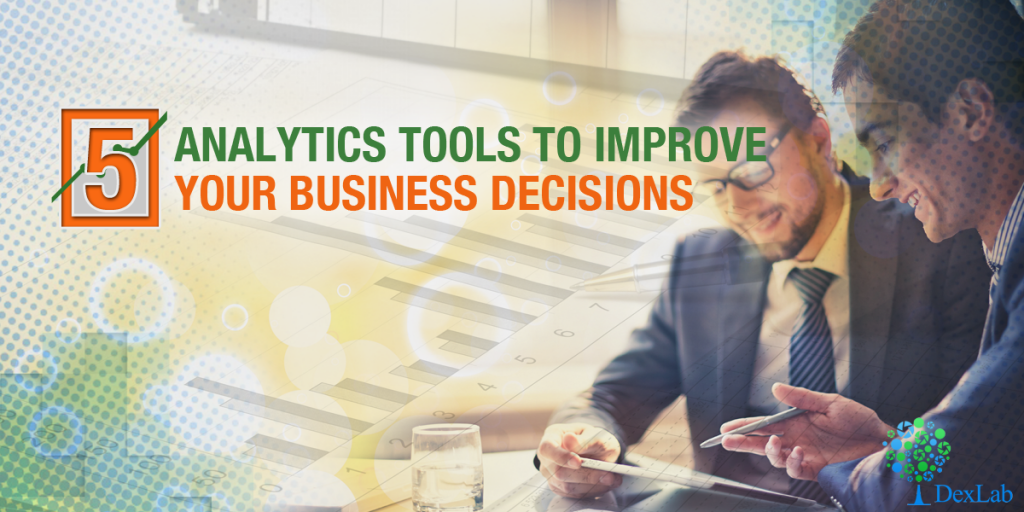They must change – retailers finally understood this basic but true fact. For years, the retail honchos were averse to change – they preferred everything to be smooth and consistent like they were in previous years.
Now, the retail game-play is changing altogether. Today, it’s the customer who defines the entire shopping experience. No longer, storing data in traditional silos is termed as a viable option – the integration of omni-channel trade and tech-inspired merchandizing is the go-to option. Already, several well-funded retailers and global store giants are on their way to exploit the data power – they are adjusting their working mechanisms and resorting to assortment and innovations because that’s the only way to survive and sail away!
Looking ahead, here are some of the biggest retail trends to watch in 2018:
A dramatic evolution in technology
Technological transformation holds a fresh can of possibilities for retailers, but its implementation demands a lot of attention. While 2017 was reckoned to be the year of digital discovery, 2018 is going to be the year when retailers will adapt with the changing market and experience evolution in their customer’s needs. Hence, evolution will be the key to success.
Opportunities in AI are also on the rise. Chatbots, robotics and facial recognition and image recognition technologies are unleashing robust opportunities this year. Retailers are hoarding large chunks of data to curate personalized experiences for customers, and win their hearts away. More data means improved algorithm performance, and the best thing is that retailers are going on generating significant amounts of data, through both offline and online mediums. Artificial intelligence in retail can be utilized in many ways, right from improving product specifications and enhancing customer service experience.
Artificial intelligence coupled with machine learning and Internet of Things supports customer experience – there exists amazing opportunity for retailers to gain by using these new age concepts. For better data utilization, get yourself an excellent data analyst training from DexLab Analytics.
Mobile payments will usher us into a cashless economy
China has already gone cashless; thanks to AliPay and WeChat Pay. Following that, the rest of the world is looking up to the likes of Amazon Pay, Walmart Pay, Apple Pay and other types of cryptocurrencies. It’s only a matter of time before global consumers replace their plastic debit cards with more efficient and faster mobile payment options.
Work on improving offline experiences too
Not only online, but retailers should consider looking into offline experiences – how they can keep shopping as human, real and visual as possible. The mode of shopping might be transforming, but humans and their preferences are still the same. Customer experience is still important and offline experience will just focus on that.
Robotic retail is scaling up
In the E-commerce industry, the robot to human ratio is fast changing. While Walmart is testing retail robots, drone delivery is increasingly becoming popular and a viable solution. By 2020, its predicted consumer facing robots will show up in retail stores, all over.
Improvements in technology mean a lot of retail growth. And when its technology, we can’t leave behind DATA. It’s like the new currency in the retail scenario – for a comprehensive Retail Analytics Courses, visit DexLab Analytics.
The article has been sourced from:
https://www.forbes.com/sites/pamdanziger/2017/12/27/retail-shopping-predictions-2018/#1116fcdafb33
Interested in a career in Data Analyst?
To learn more about Machine Learning Using Python and Spark – click here.
To learn more about Data Analyst with Advanced excel course – click here.
To learn more about Data Analyst with SAS Course – click here.
To learn more about Data Analyst with R Course – click here.
To learn more about Big Data Course – click here.





